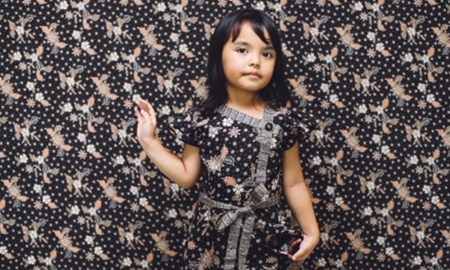Many people have seen and perhaps even own a sarong or some item made in batik. But few probably know of the origins of this colourful, beautiful fabric design, which was declared a UNESCO Masterpiece of Oral and Intangible Heritage of Humanity in 2009.
Batik is a wax-resist dyeing technique that dates back at least to the 1800s, when finely woven cloth was first imported from India and Europe. Nevertheless, the art form likely predates that; some scholars believe the technique could have been introduced during the sixth or seventh century from Sri Lanka or India, while others claim that the canting (a pen-like tool that holds a small amount of hot wax) was invented in Java around the 12th century.
What is known about batik, however, is that it blossomed into a highly developed art form by the 19th century and was well ingrained in Indonesian cultural life.
Among the seemingly infinite number of designs, which can range from animals to geometrical shapes to plant life, several hold special meaning. For example, certain designs are associated with traditional festivals or religious ceremonies, including weddings, while others are reserved for high ranking families and nobility.
The process for making batik is highly complicated, requiring meticulous care, several phases of wax drawing, dyeing and wax removal. The canvas of this fine art cloth should be cotton or silk, for better absorption of the wax, and must be of a high thread count, which allows for more intricate design qualities.
The traditional colours for Central Javanese batik were primarily blue, beige, brown and black, all of which were made from natural ingredients, such as the Indigo plant, the Tinggi tree and the Soga tree.
Nowadays, the modern batik industry leans towards more chemical processes, yet canting by hand is still done.
Travellers can visit batik factories in Pekalongan, Jogjakarta and Surakarta in Central Java to learn more about the process, and of course, shop for beautiful batik

0 COMMENTS